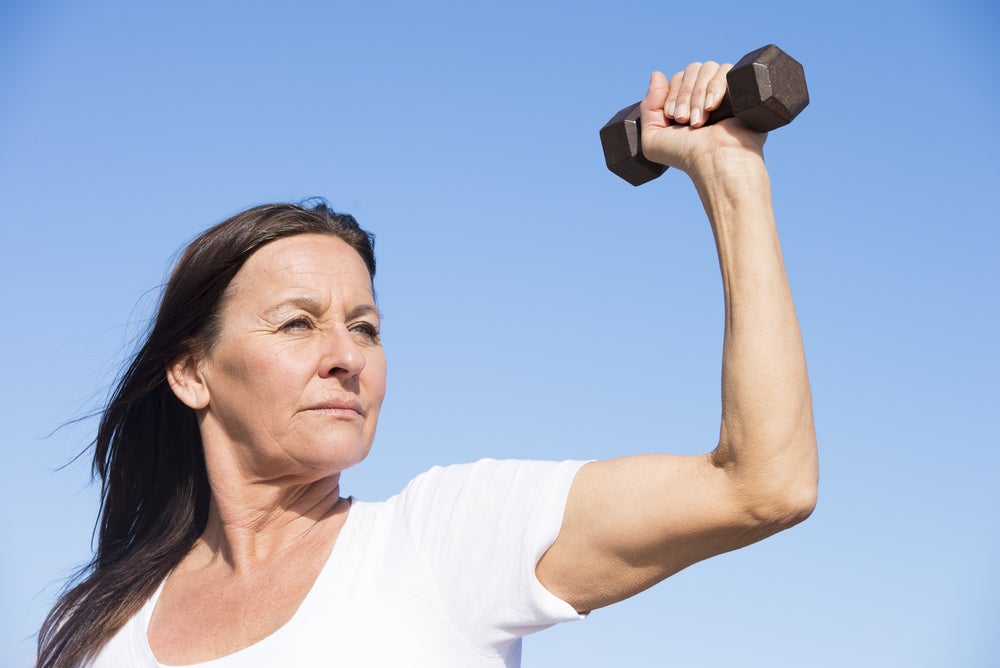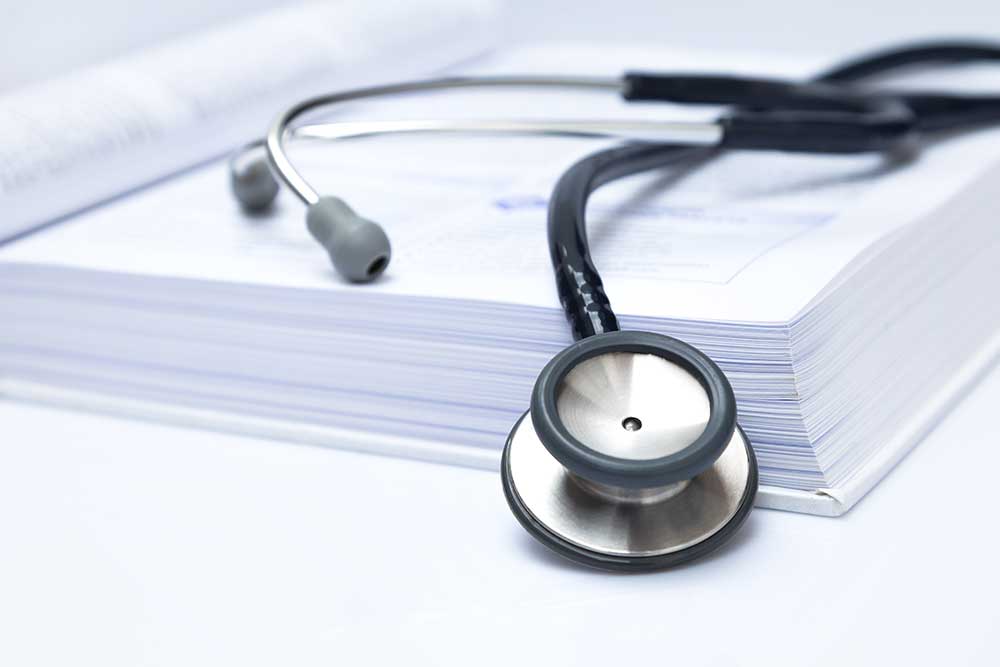Osteoporosis, Menopause and Hysterectomy: What You Need to Know
Sticks and stones may break your bones… and so could menopause. During menopause, your estrogen levels dip, and bone loss can sometimes follow. For many women, osteoporosis becomes an unwelcome companion after “the change”. In fact, one in two women over age 50 will break a bone because of osteoporosis.1
What is Osteoporosis?
Osteoporosis is a disease that weakens your bones. It literally means “porous bones”. When osteoporosis becomes severe, your bones may fracture and break during normal activities. Osteoporosis progresses over time, often without any early symptoms or pain. Fractures commonly occur in the hip, spine or wrist.
Osteoporosis and Hysterectomy
So, what’s the connection between osteoporosis and hysterectomy? Women who have their ovaries removed before they would normally have gone through menopause are at a higher risk for osteoporosis. That’s because they may experience surgical or “early” menopause since the ovaries control vital hormones. Menopause can occur at any age if the ovaries are removed.
Screening
Osteoporosis screening and bone mineral density testing is recommended for people over age 65, and for anyone under age 65 who have three or more risk factors. Common risk factors include:
- Family history
- Early or surgical menopause
- White or Asian ethnicity
- Personal history of broken bones
- Low BMI (Body Mass Index)
- A history of smoking and/or excess drinking
Osteoporosis Prevention
An ounce of prevention is worth a pound of cure, and in this case, several ounces of milk or calcium supplementation may help to keep your bones strong as your estrogen levels dip. It’s important to talk to your doctor first about what may help you most.
Other ways to maintain bone density:
- Weight-bearing exercise 3 to 5 times per week
- Eat a healthy, balanced diet
- Hormone Replacement Therapy (HRT)
HRT restores your estrogen levels, which can slow bone loss and even help to rebuild bone density. HRT can also ease menopausal symptoms such as night sweats, hot flashes, and low libido. Bio-identical Hormone Replacement Therapy (BHRT) is a natural version of HRT and has become popular over the past few decades.
HRT/BHRT gives your body the hormones that may be lacking (estrogen, testosterone and progesterone) as you approach or enter menopause. Talk with your doctor to find out if hormone replacement is right for you.
Don’t Forget About the Men in Your Life!
While 80% of people with osteoporosis are women, men are also at risk. Osteoporosis is not thought of as a man’s disease, but millions of American men have it. Men do not typically experience bone loss in their fifties, but by 65 or 70, men and women lose bone mass at the same rate.2
Men typically learn they have osteoporosis after it has taken a significant toll on their bodies. It is important to encourage the men in your life to see a doctor for a bone density test. Common osteoporosis symptoms in men include:
- Back pain
- Change in posture
- A fracture
- Loss of height
Doctors use several tests to diagnose osteoporosis in men, including: a complete medical history, X-rays, urine and blood tests, and bone mineral density tests. Several medications and exercises are available to minimize or treat osteoporosis in men.
- “What Women Need to Know” National Osteoporosis Foundation. Available from: http://nof.org/articles/235
- “Osteoporosis in Men” International Osteoporosis Foundation. Available from: http://www.iofbonehealth.org/osteoporosis-men







